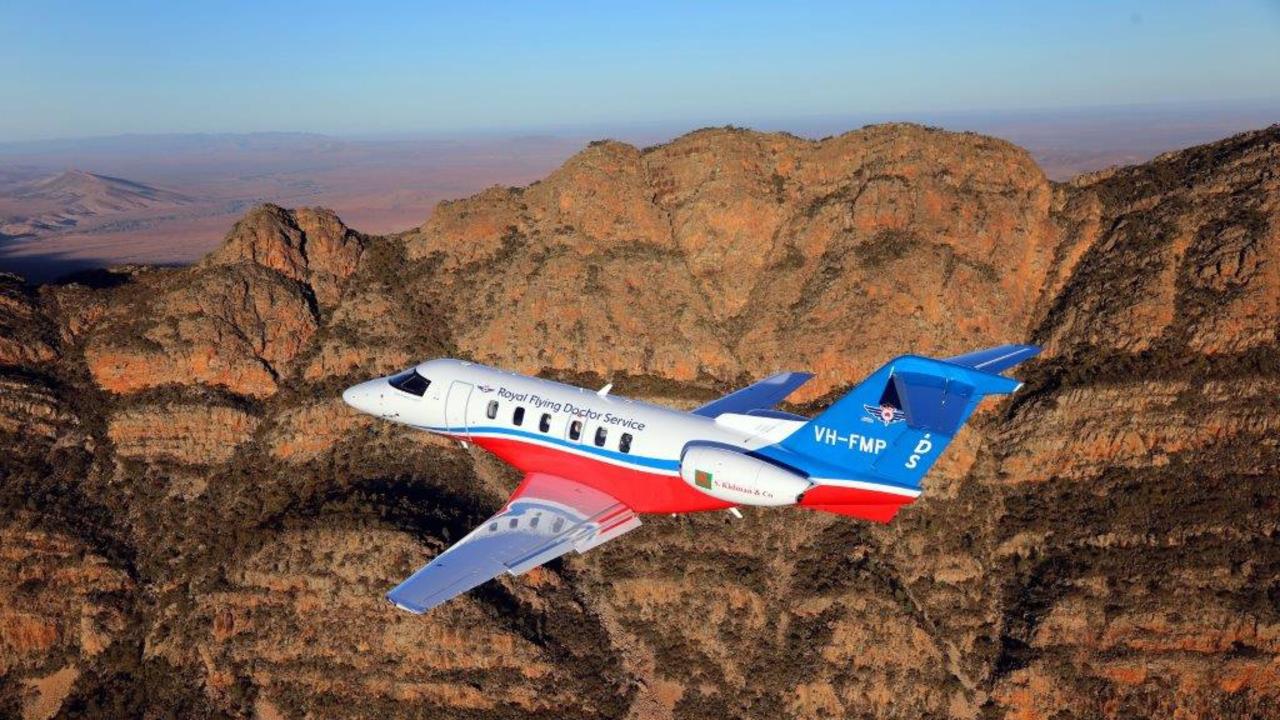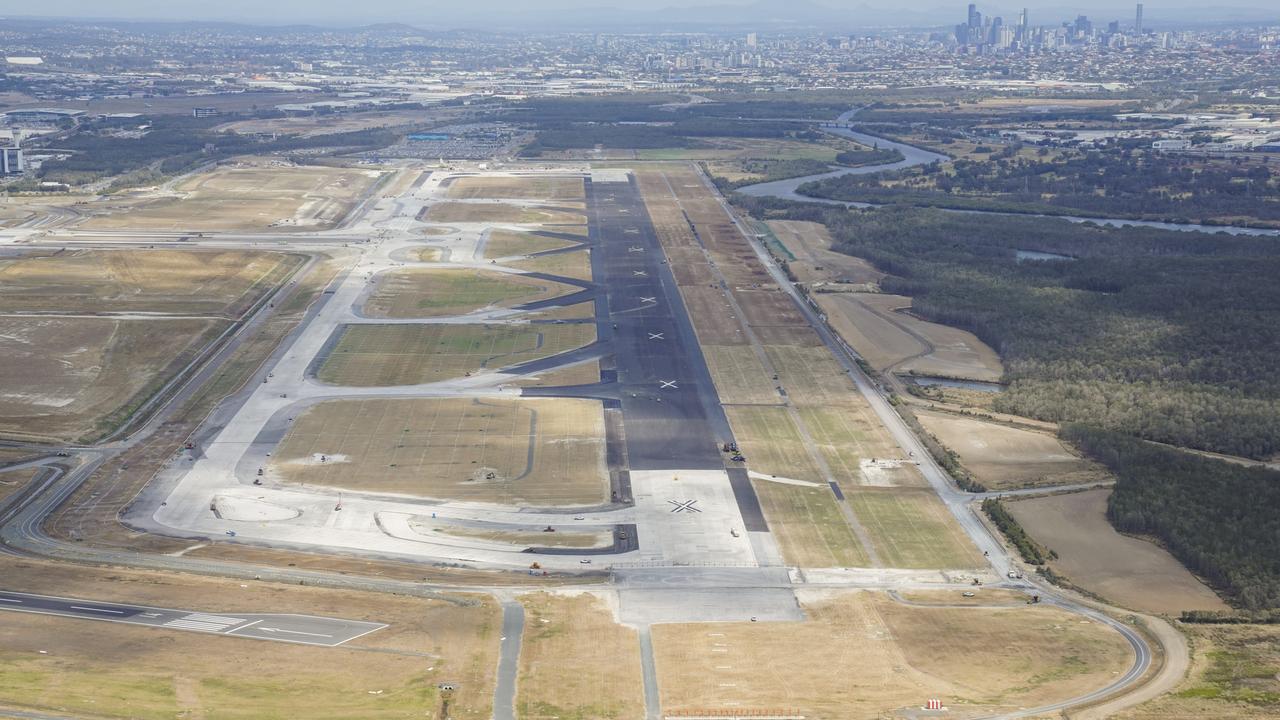Australian airports leading the way with $20B of investment
Infrastructure Partnerships Australia CEO Adrian Dwyer says with more than $20 billion worth of investment in Australian airports, it was time we started singing their successes.

Future QLD
Don't miss out on the headlines from Future QLD. Followed categories will be added to My News.
WE should start singing the success of our airports. Airports are one of Australia’s unsung infrastructure success stories.
Since privatisation two decades ago, Australia has more than doubled the passenger capacity at major airports, exponentially grown our tourism industry, and dramatically improved customer experience.
With Brisbane Airport set to open a second runway and more than $20 billion worth of investment planned across our major airports, benefits will continue to flow to customers.

But some benefits fly below the radar — or more accurately, below the passengers.
It might surprise you to know that last year alone $109 billion of international trade flew in the belly of aircraft passing through Australia’s airports.
In fact, more than 96 per cent of international airfreight passes through the four main capital city airports — Sydney, Melbourne, Brisbane and Perth.
While airfreight only represents 1 per cent of Australia’s trade volume, it punches well above its weight in value.
One in every $5 of Australia’s imports and exports travels via our airports — making the airfreight sector one of the most important contributors to Australia’s trade position.
With airfreight trade set to grow again this coming year, Queensland is well positioned to take advantage of all the benefits of this unsung sector.
The opening of Brisbane Airport’s second runway won’t just mean more international visitors, but more airfreight, and more jobs for Queenslanders.
By creating additional landing slots for new wide body flights, in additional to providing new terminal infrastructure and new warehousing onsite, Brisbane Airport will be able to send more cattle overseas and import more consumer electronics. This will bring markets closer to farmers and give consumers more choice and cheaper prices for goods right across Queensland.
It will also allow Brisbane Airport to compete for a greater share of the multi-billion airfreight market in Australia.
Brisbane Airport handles approximately 12 per cent of Australia’s international airfreight and ranks third after Sydney and Melbourne.
Queensland’s proximity to Asia and markets in Europe and North America means Brisbane Airport has the potential to become a major exporting hub for fresh produce, pharmaceuticals, clothing, processed meat, among hundreds of other goods.
Major airports across Australia are leading the way on investment. So, let’s start singing their success.
Adrian Dwyer is the Chief Executive of Infrastructure Partnerships Australia.


